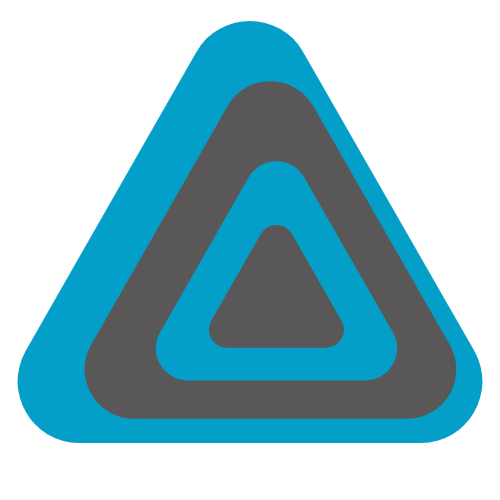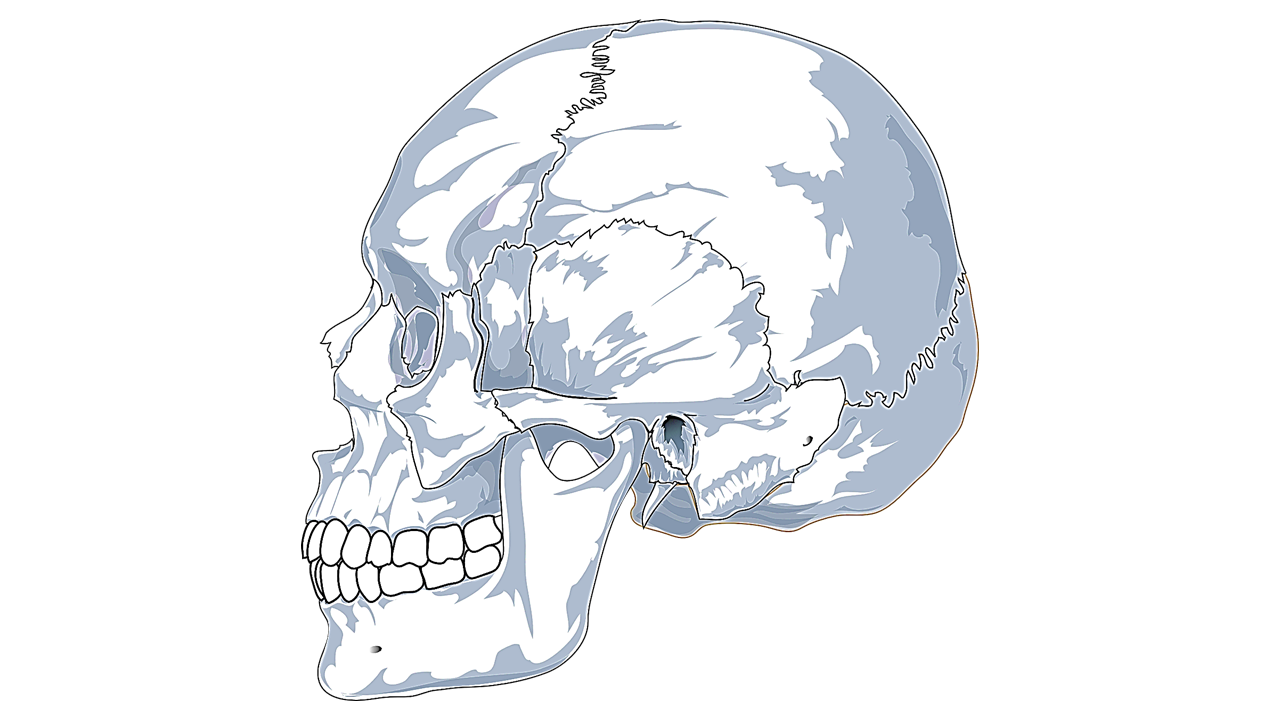Scientists at the University of Pittsburgh and the KU Leuven discovered a group of genes that affect the human head shape. These findings, published this week in Nature Communications, provide some crucial new insights into the genetic basis of disorders affecting the skull, such as craniosynostosis, and contribute to explaining the diversity of human head shapes.
Researchers discovered 30 regions of the genome linked to various characteristics of head shape, 29 of which have not been previously reported, by examining measurements of the cranial vault, the portion of the skull that creates the rounded top of the head and protects the brain.
Anthropologists have speculated and debated the genetics of cranial vault shape since the early 20th century. We knew from certain rare human conditions and animal experiments that genes play an important role in vault size and shape, but very little was known about the genetic basis for typical features we see in the general population, such as what makes someone’s head long and narrow versus short and wide. This study reveals some of the key genes driving variation in this part of the human body.
Seth Weinberg, Ph.D., professor of oral and craniofacial sciences in the Pitt School of Dental Medicine and co-director of the Center for Craniofacial and Dental Genetics.
The researchers claim that one use for a deeper comprehension of the mechanisms behind natural diversity in human head shape is to guide paleoanthropological study, which may help illuminate the early stages of modern human evolution.
Weinberg and his colleagues extracted 3D surfaces corresponding to the cranial vault from magnetic resonance (MR) images of over 6,000 adolescents. They then separated the 3D vault surfaces into progressively smaller anatomical subparts, measuring the form of each subpart. Next, they looked for statistical evidence of a correlation between these subparts and over 10 million genetic variations.
Previous genetic studies of the cranial vault involved a small number of relatively simple measures. While such measures are often easy to obtain, they may fail to capture features that are biologically relevant. Our analysis used an innovative approach capable of describing 3D vault shape in much more comprehensive and nuanced ways. This approach increased our ability to find genetic associations
Seth Weinberg
The fact that several of the strong connections are close to genes that are essential for the control of bone growth and the early development of the head and face is a significant finding. For instance, certain features of vault form were linked to variations in and around the gene RUNX2, which is crucial in regulating the development of the skull.
While some genes, including RUNX2, had global effects involving the entire vault, others showed more localized effects that only impacted a specific portion of the vault, such as the central forehead.
Upon analyzing the 30 genomic areas linked to head shape in individuals with European, African, and Indigenous American heritage, the researchers discovered that most genetic correlations were common to these distinct ancestral populations.
Despite the study’s emphasis on healthy individuals, They believe the results might provide crucial information on the biological basis of disorders affecting the cranial vault.
One of these disorders is craniosynostosis, which happens when the skull’s bones fuse prematurely while the brain is still developing quickly. In the absence of neurosurgery, craniosynostosis can result in mortality, blindness, brain damage, and lifelong deformity. The researchers demonstrated that variations close to three genes BMP2, BBS9, and ZIC2 associated with vault shape were also linked to craniosynostosis, indicating a potential involvement for these genes in the onset of the condition.
This kind of study is possible due to the availability of publicly funded resources. The original study that generated these MR scans is focused on understanding brain development and behavior. By creatively leveraging these resources, we have managed to advance discovery beyond that original scope.
Seth Weinberg
Also read| UK approves first in the world CRISPR treatment for diseases – Casgevy
Other information from the news release
Other authors on the study were Seppe Goovaerts, Hanne Hoskens, Ph.D., Meng Yuan, Dirk Vandermeulen, Ph.D., all of KU Leuven; Ryan J. Eller, Ph.D., Noah Herrick, Ph.D., and Susan Walsh, Ph.D., all of Indiana University–Purdue University Indianapolis; Anthony M. Musolf, Ph.D., and Cristina M. Justice, Ph.D., both of the National Human Genome Research Institute; Sahin Naqvi, Ph.D., and Joanna Wysocka, Ph.D., both of Stanford University; Myoung Keun Lee, Heather L. Szabo-Rogers, Ph.D., Mary L. Marazita, Ph.D., and John R. Shaffer, Ph.D., all of Pitt; Paul A. Romitti, Ph.D., of the University of Iowa; Simeon A. Boyadjiev, M.D., of the University of California, Davis; Mark D. Shriver, Ph.D., of Penn State University; and Peter Claes, Ph.D., of KU Leuven and Murdoch Children’s Research Institute.
This research was supported by the National Institute of Dental and Craniofacial Research (R01DE027023, R01DE016886, R03DE031061 and X01HL14053) and the Intramural Research Program of the National Human Genome Research Institute, National Institutes of Health.
Journal reference: Goovaerts, S., Hoskens, H., Eller, R.J. et al. Joint multi-ancestry and admixed GWAS reveals the complex genetics behind human cranial vault shape. Nat Commun 14, 7436 (2023). https://doi.org/10.1038/s41467-023-43237-8
Source: University of Pittsburgh News Release
Report: Achuth B S
Last updated:






